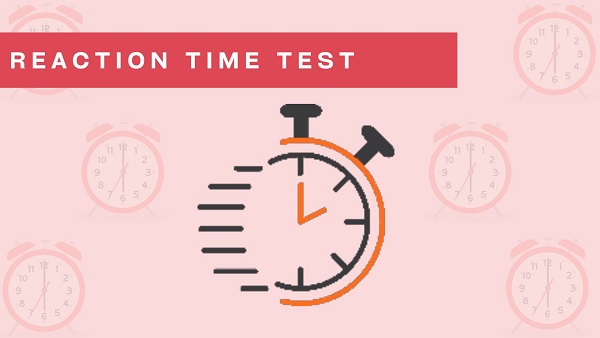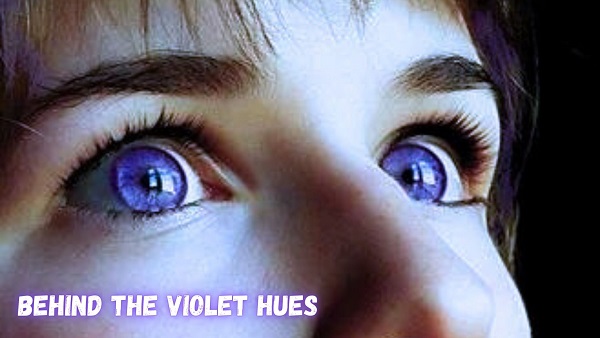Color Personality Test in 2023
HELLO! Have you ever heard of an interesting thing i.e. the color personality test? There has been a lot of excitement lately and in this article we are going to tell you in detail what it is and if it is something to watch out for.
But the thing is, it's not exactly new. Color personality tests have been around for ages, but the latest viral version has everyone terrified.
We explore what the color personality test means
and what to expect from it. Is it something that can bring valuable information
to your workplace? We will also discuss that.
If you're more interested in traditional
personality tests, don't worry, we've got you covered. We will also suggest you
some alternatives that may be more suitable.
Color personality tests have been around for
decades. A significant methodology linking colors to personality types is True
Colors.
It was developed by Don Lowry in 1978, and draws
from Jungian theory and the Myers Briggs personality test to divide
personalities into different colors (orange, gold, green, and blue). Since
then, there have been lots of different color code personality tests which will
tells your personality type.
Both in its design and use of language, the test
is distinguished by its quirkiness. The visual design is simple and retro; it’s
designed to look like it was made with 90s graphic design software.
The language, translated from Korean, is sometimes
unexpectedly profound, with questions like “What am I to my first-time
friends?” and answers to choose from like “No present, no future.”
Personality tests tend to fall into two
categories: fun, and business. The peronality test definitely falls into the
“fun” category, but that doesn’t mean it’s not useful to a workplace.
Color Personality Test Meanings
The color code personality test asks you 12
questions, then tells you the color of your personality. This is where the
quirkiness of the test comes in, with a wealth of unexpected, beautiful color
names to make each test taker feel unique. The results are likely to make
someone smile, even if they don’t necessarily learn a lot. Results include:
- ocean depths
- oasis
- dandelion
- quartz
- alice blue
- sprout
- cactus
- vanilla ice
- warm flame
The test results also provide two other colors of
personalities the test taker should meet. For example, if you are “warm flame,”
you learn things such as:
- You enjoy going it alone, and don’t
hesitate to speak your mind.
- You have a clear delineation between
those you like and those you don’t.
- You are interested in many things, but
often give up and move on to the next thing before learning a lot or getting
good at it due to lack of concentration and support (see above reference to
going it alone).
- You have many emotional ups and downs,
and hate being framed or told to do repetitive tasks.
- You match well with people who prefer
to act relative to talking a lot. It’s also helpful if they communicate well
and pay attention.
- Good personality color matches are
Alice Blue or Quartz.
What Work Culture is the Color Personality Test Suited For?
Unlike many popular personality tests, including
True Colors, the test doesn’t take itself very seriously. If you try out the color
personality test, you’ll soon get the sense that it’s more on the fun side than
the practical side.
This doesn’t mean the color personality test isn’t
suited to the workplace. Rather, it means this tool is better suited as a
team-building activity than something that will yield trustworthy data.
It’s a chance for colleagues to laugh together and
for a workplace to show it’s fun side.
Thinking outside the box of standard use of
personality tests, if your business wants to appeal to a younger demographic,
this test could be an effective marketing tool.
Posting about the test on social media is a way to
engage with an existing conversation among young people.
You could post test results of specific employees,
or you could even take the test on behalf of your workplace as a whole and see
what answer you get.
If you’re looking for a more typical color
personality test, the True Colors methodology is used by businesses around the
world. This test helps people understand their differences to minimize conflict
and maximize collaboration.
Conclusion
The color personality test is a lot of fun. It can
be an effective tool for team-building, but shouldn’t be taken too seriously.
In addition, it can be a tool to help build a positive workplace culture.
On the other hand, if you’re looking for color
personality tests that help employees learn about their work styles or each
other, you probably want a different type of test.
If you've found this article intriguing and
entertaining, why not spread the joy with your friends on social media? Let's
ignite the buzz and get everyone in on the fun and fascinating world of the
color personality test.
It's not just any old test – it's a delightful mix
of humor and intrigue that's bound to bring a smile to anyone's face. So, hit
that share button and let your pals in on the secret of this captivating and
entertaining journey.
Together, let's unlock the wonders of the color
personality test and bring some laughter and amusement to everyone's day!




Comments
Post a Comment